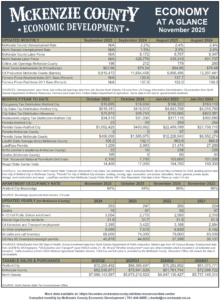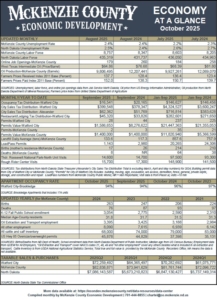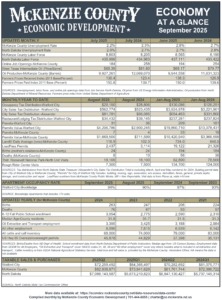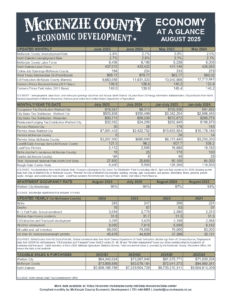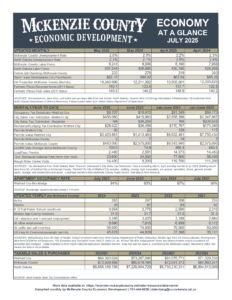Graphic courtesy of ND Commerce
National Geographic recently unveiled its annual Best of the World list for 2026. The locations were carefully selected by National Geographic’s editors, photographers, and travel experts. Featured on the list of 25 locations from around the world is the Badlands of North Dakota.
North Dakota Director of Tourism and Marketing Sara Otte Coleman said, “We’re thrilled to see our North Dakota Badlands recognized by National Geographic as one of the Best of the World destinations for 2026. This global spotlight affirms what we’ve always known—our North Dakota Badlands are bold, breathtaking, and unforgettable.”
Alongside the Badlands were other incredible locations, including the Italian Dolomites, the Finnish city of Oulu, and Akagera National Park in Rwanda. The complete list can be found on National Geographic’s website, and you can see North Dakota Commerce’s press release here.
About National Geographic Content
Representing the largest brand on social media with over 780 million followers and 1.1 billion impressions each month, National Geographic Content’s award-winning and critically acclaimed storytelling inspires fans of all ages to connect with, explore and care about the world through factual storytelling. National Geographic Content, part of a joint venture between The Walt Disney Company and the National Geographic Society, reaches over 532 million people worldwide in 172 countries and 33 languages as a digital, social and print publisher and across the global National Geographic channels (National Geographic Channel, Nat Geo WILD, Nat Geo MUNDO), National Geographic Documentary Films, and direct-to-consumer platforms Disney+ and Hulu.
Its diverse content includes Oscar®-and BAFTA award-winning film Free Solo, Oscar-nominated films Sugarcane, Fire of Love and Bobi Wine: The People’s President, Emmy® Award-winning franchise 9/11: One Day in America and JFK: One Day in America, Emmy® Award-winning series Animals Up Close, series Trafficked with Mariana van Zeller, Life Below Zero and Secrets of the Whales, in addition to multiple National Magazine Awards, Pulitzer Prize Finalists and Webby wins. Visit nationalgeographic.com and natgeotv.com or explore Instagram, Threads, Facebook, LinkedIn, YouTube, TikTok and Reddit.

